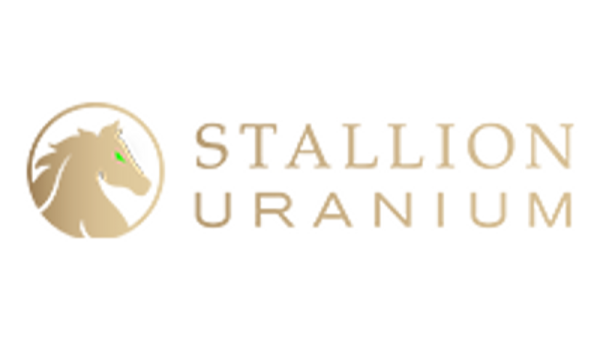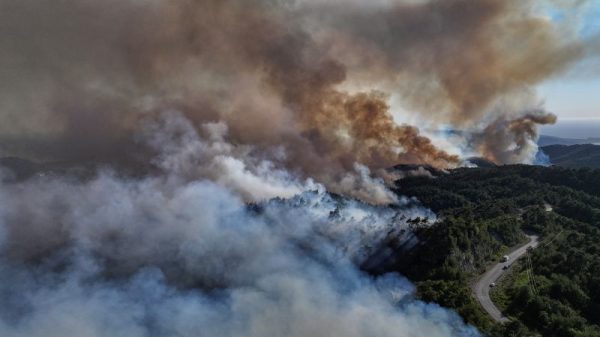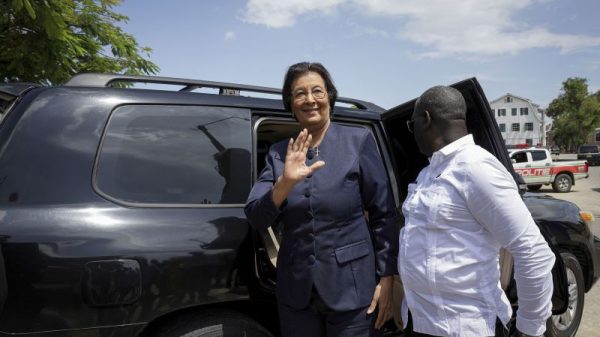For the first time since his death in 1882, Charles Darwin’s impressive library has been virtually reassembled to reveal the multitude of books, pamphlets and journals cited and read by the influential naturalist.
The author of numerous works, Darwin is perhaps best known for his 1859 book, “On the Origin of Species,” which introduced the fundamental scientific concept of evolution to the world.
In honor of the 215th anniversary of Darwin’s birthday on February 12, the research team behind the Darwin Online project has released a 300-page catalog that compiles the original 7,400 titles and 13,000 volumes originally owned by Darwin. The catalog includes 9,300 links to copies of the library contents that are available for free online, inviting the public to peruse what Darwin read.
“This unprecedentedly detailed view of Darwin’s complete library allows one to appreciate more than ever that he was not an isolated figure working alone but an expert of his time building on the sophisticated science and studies and other knowledge of thousands of people. Indeed, the size and range of works in the library makes manifest the extraordinary extent of Darwin’s research into the work of others,” said project leader Dr. John van Wyhe, historian of science at the National University of Singapore.
Piecing together a lost library
When Darwin was alive, he kept meticulous records of his library, including a 426-page handwritten “Catalogue of the Library of Charles Darwin” compiled in 1875. Initially after Darwin died, his library was preserved and recorded. But over time, much of its contents were lost or ended up elsewhere.
Two main collections featuring 1,480 books were kept at the University of Cambridge and Down House, Darwin’s family home in Downe, England, that remains open to the public. But the collections only included an estimated 15% of the original library.
After receiving letters from researchers and the public asking about specific titles from Darwin’s library, van Wyhe and his colleagues began their project to recreate it virtually in 2007.
“Scholars have been researching Darwin’s life and works for over a century,” van Wyhe said. “One of the most important elements in understanding Darwin’s theories is his sources — the publications by others that he used in his research.”
Institutions such as the Down House museum, the Cambridge University Library and Christ’s College Cambridge, as well as private collections, were used to track down the materials during the painstaking 18-year process.
Despite his disciplined recordkeeping, Darwin used abbreviated or vague ways to refer to journals and pamphlets in his collection, with many entries missing authors, dates or sources.
The project team combed over each piece of paper turned up during its search, sifting through handwritten family documents and letters, Darwin’s reading notebooks, his wife’s diaries and lists from scholars written a century ago. By comparing all the documents, the researchers found thousands of previously unknown titles, including bound books and unbound volumes and pamphlets, and traced the journey of titles sold at auction over the past 100 years.
“It has been like 5,000 little detective stories — trying to find out which author or article Darwin noted having — it is a joy to strike gold and find the exact source he was referring to,” van Wyhe said. “We can now show that originally he had far more in his impressive library.”
A surprising collection
Darwin naturally had a wealth of titles concerned with his main scientific interests, such as biology and geology. He owned a copy of an article authored by the ornithologist John James Audubon called “Account of the habits of the Turkey Buzzard (Vultura aura), particularly with the view of exploding the opinion generally entertained of its extraordinary power of smelling.”
The article, sold at auction in 1975, served as the inspiration behind one of Darwin’s investigations while sailing on the HMS Beagle. He was hired in 1831 as a naturalist aboard the ship and voyaged around South America and the surrounding islands, including the Galápagos, to study and collect plants and animals.
He owned a copy of “Explorations and Adventures in Equatorial Africa,” authored by Paul Du Chaillu after the zoologist became the first European to describe gorillas in the wild during expeditions to Africa in the 1850s. Darwin’s collection also included a German periodical that revealed the first published photographs of bacteria in 1877.
But the naturalist’s library contained multitudes, showcasing his thirst for knowledge, van Wyhe said. Darwin also read philosophers, such as John Stuart Mill and Auguste Comte, and had a number of works about psychology, religion, art, history, travel, farming and animal breeding and behavior.
Nearly half the books were written in French, German, Italian, Dutch, Danish, Latin, Spanish and Swedish — a surprising revelation given that Darwin was known as a poor linguist with a bad ear for languages, van Wyhe said.
“He was a very highly educated person who learned ancient Greek and Latin in school as well as French,” van Wyhe said. “He later learned Spanish and some Portuguese for the voyage of the Beagle and he taught himself (with dictionaries) to read German and Italian and he somehow got through other languages in the same way. This shows how determined he was to find out what other men of science had published and to extract information relevant for his theories.”
There is also evidence that Darwin read travelogues from explorers and missionaries to understand the gestures used by different ethnic groups.
And Darwin enjoyed reading novels as well. In 2019, a copy of Elizabeth Gaskell’s “Wives and Daughters,” a serial published as a book in 1866, appeared at auction, bearing a note that said, “This book was a great favourite of Charles Darwin’s and the last book to be read aloud to him.”
Exploring Darwin’s eclectic library showcases different sides of the scientist and will allow people to gain insights into who he was as a person, van Wyhe said.
“This is exactly what the library can show,” he said. “Instead of basing one’s understanding on the authors Darwin read that are mentioned in biographies, etc., anyone can now scroll through his whole library. The impression this gives is that he was a voracious reader and he got through an astonishing number of works.”





























